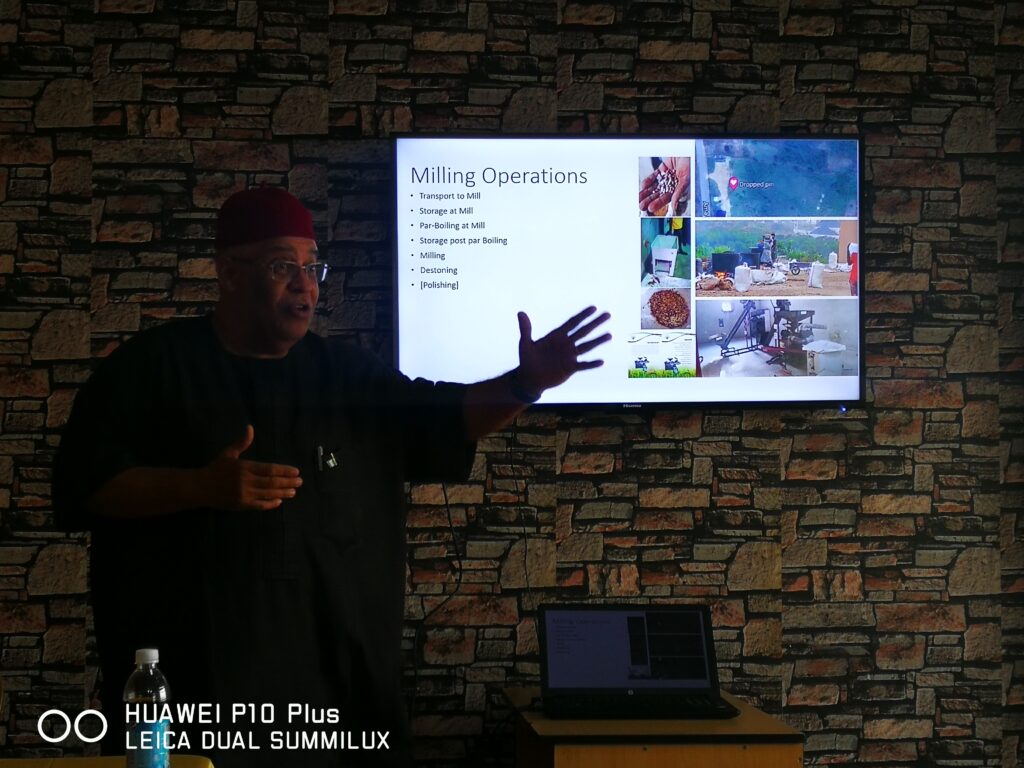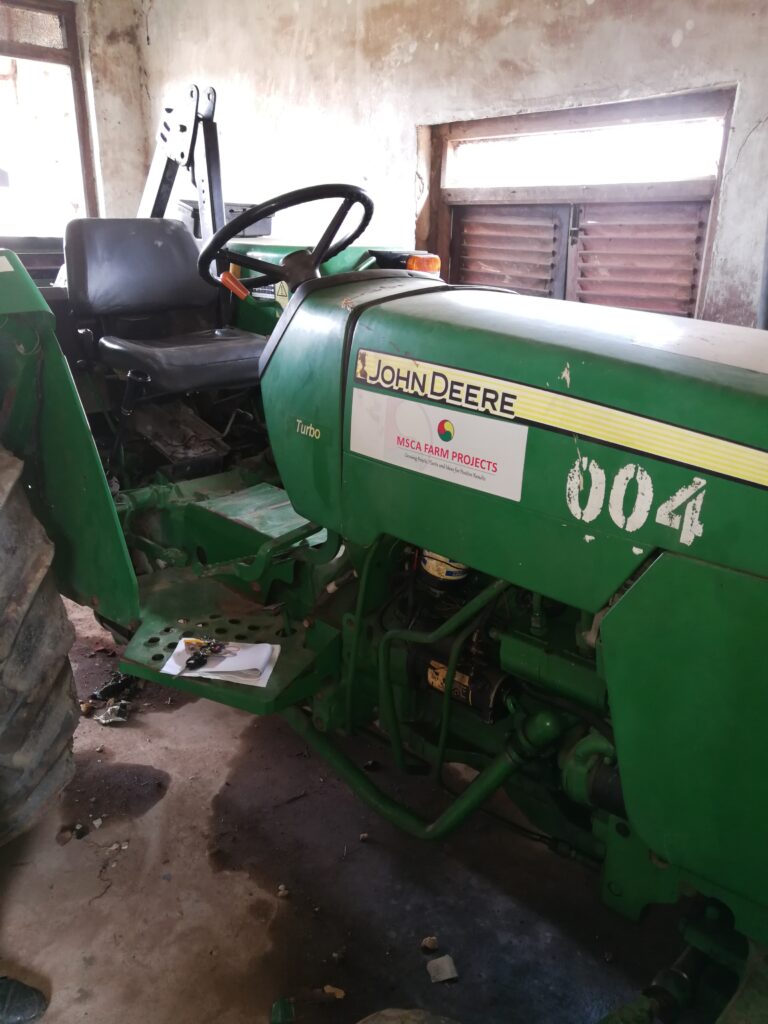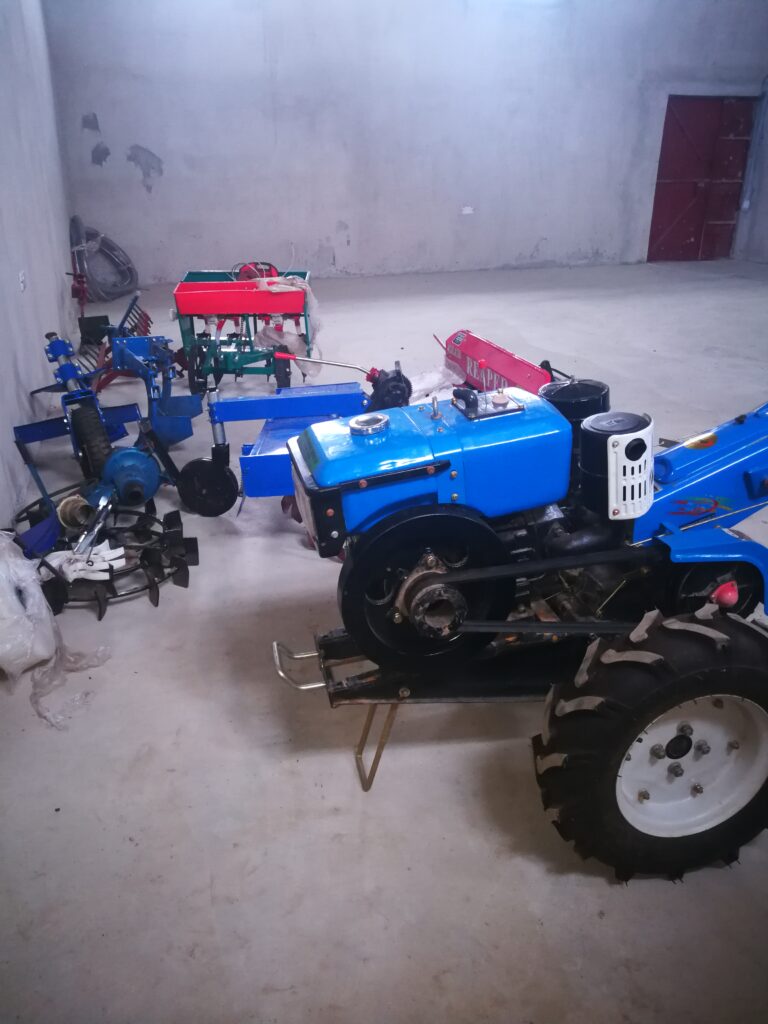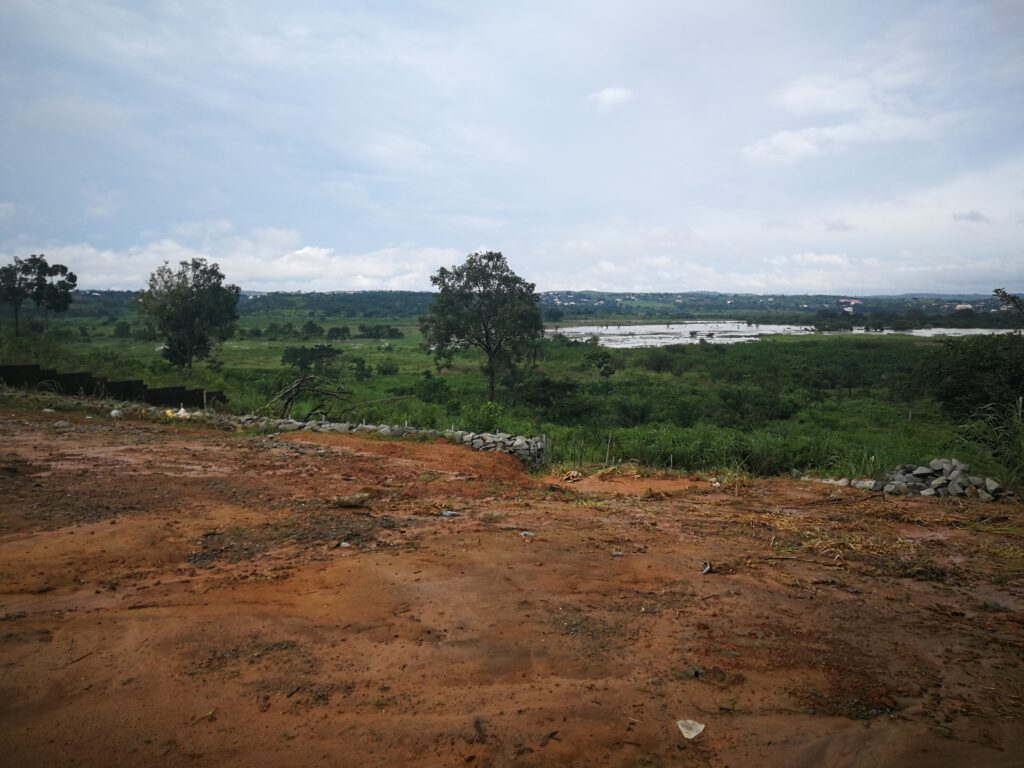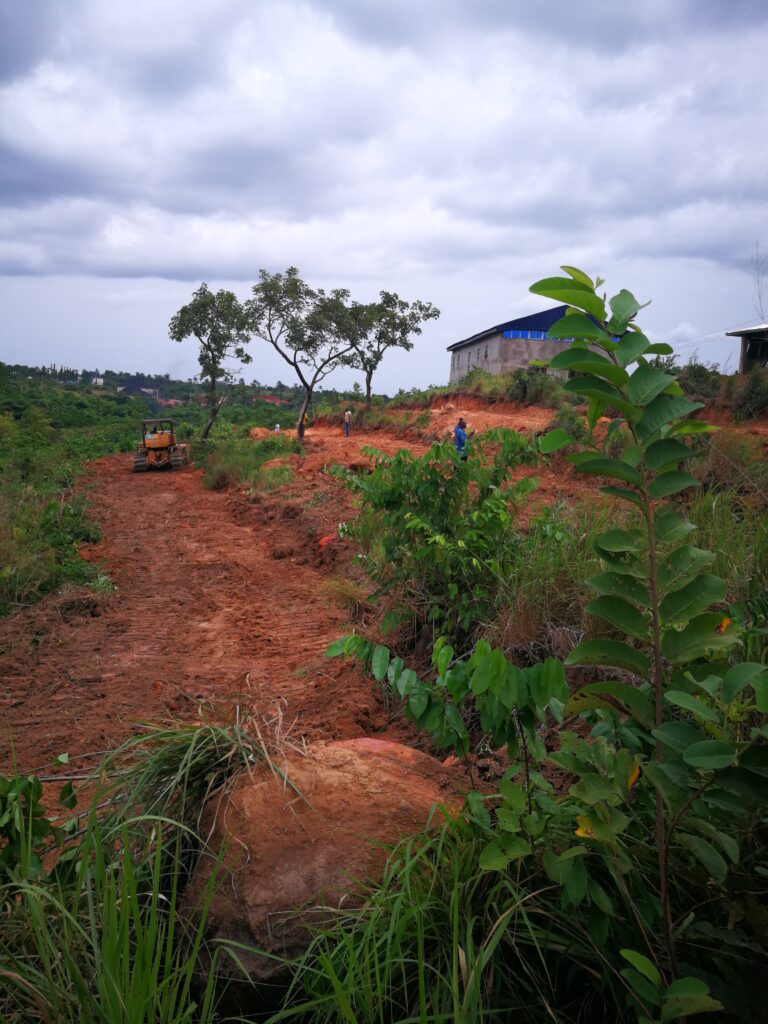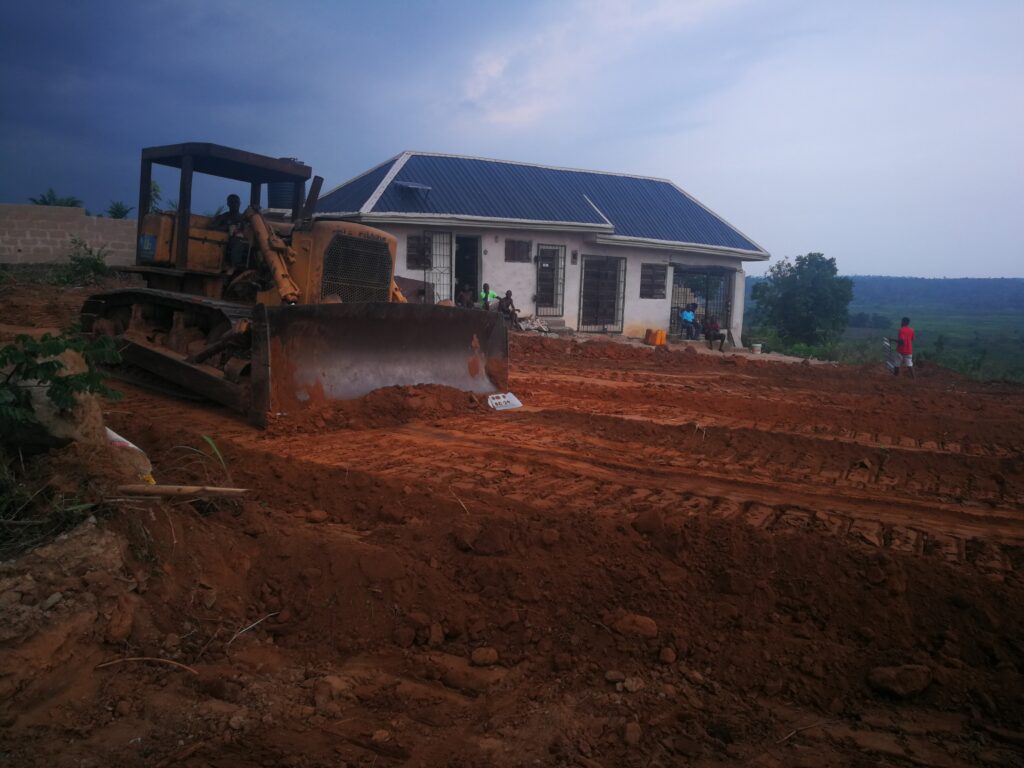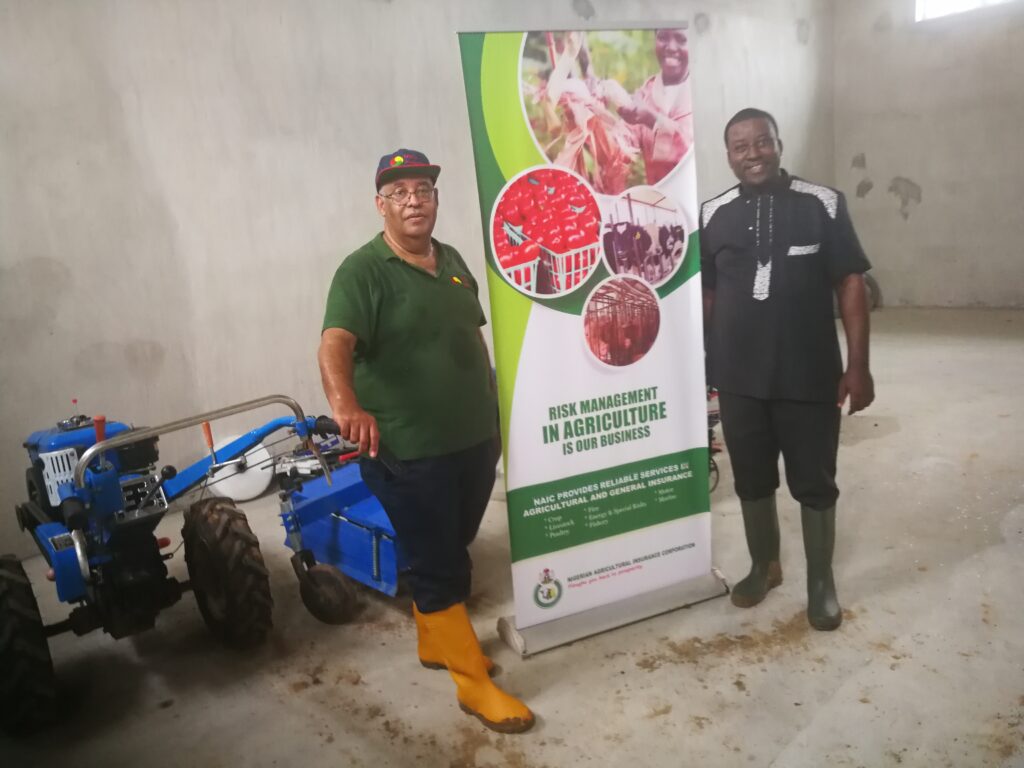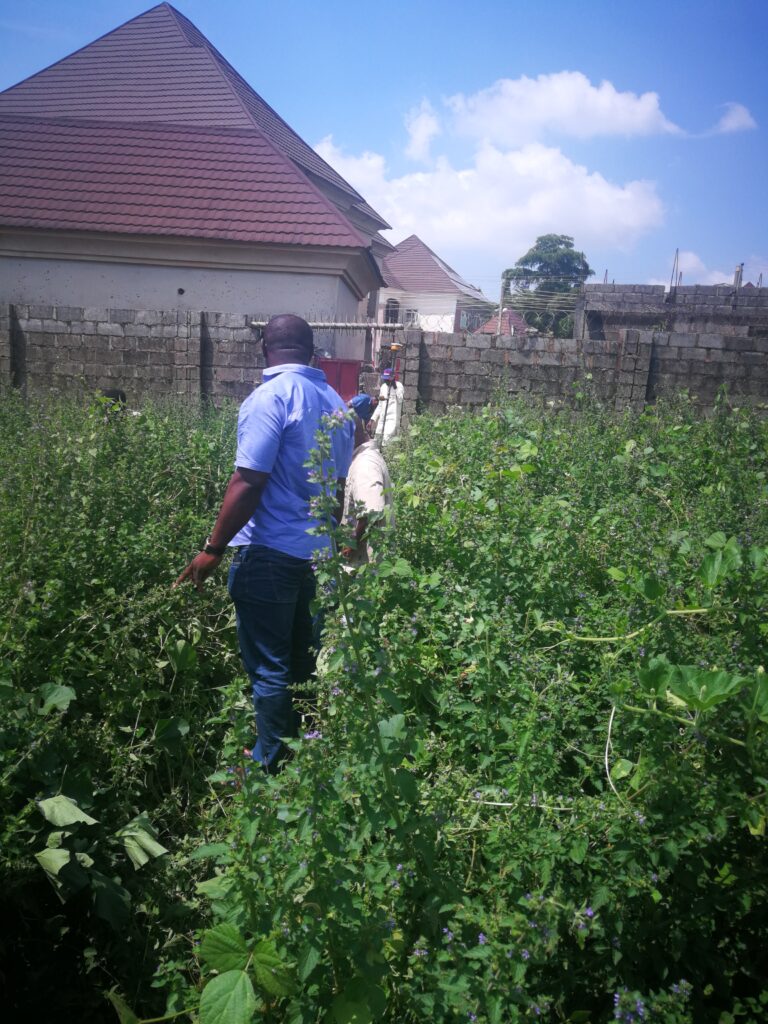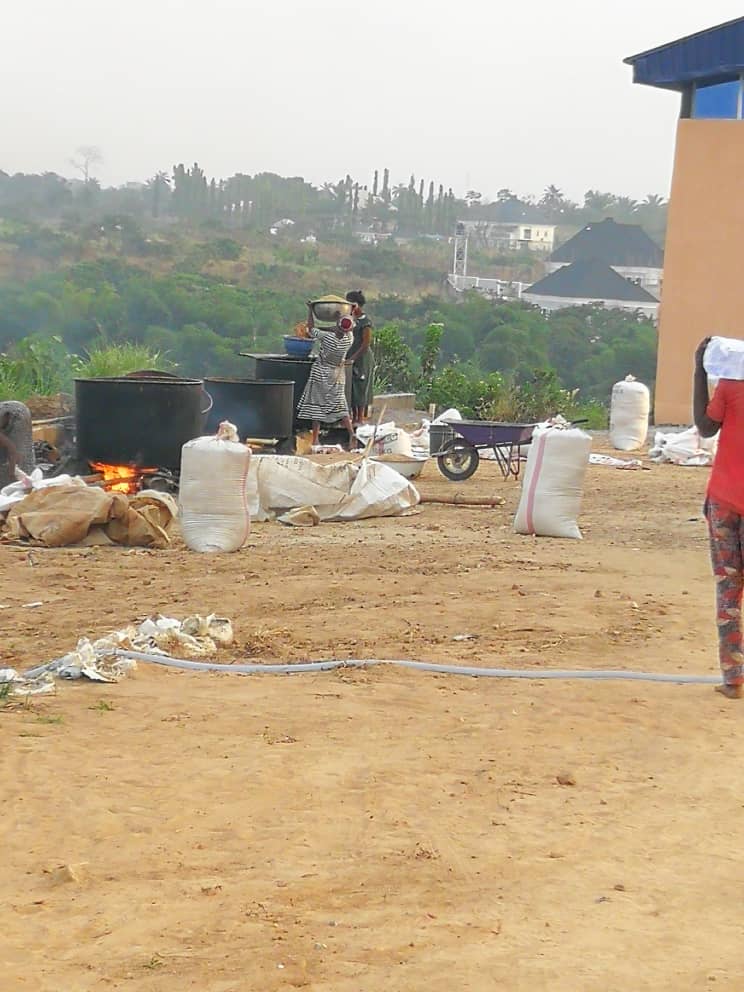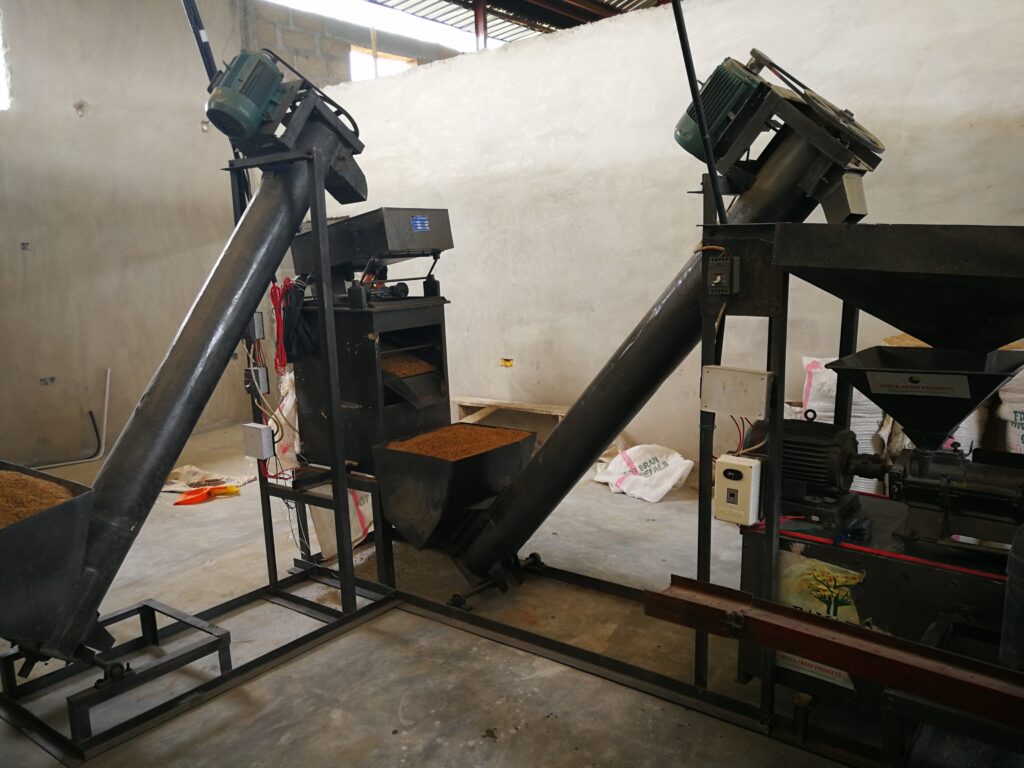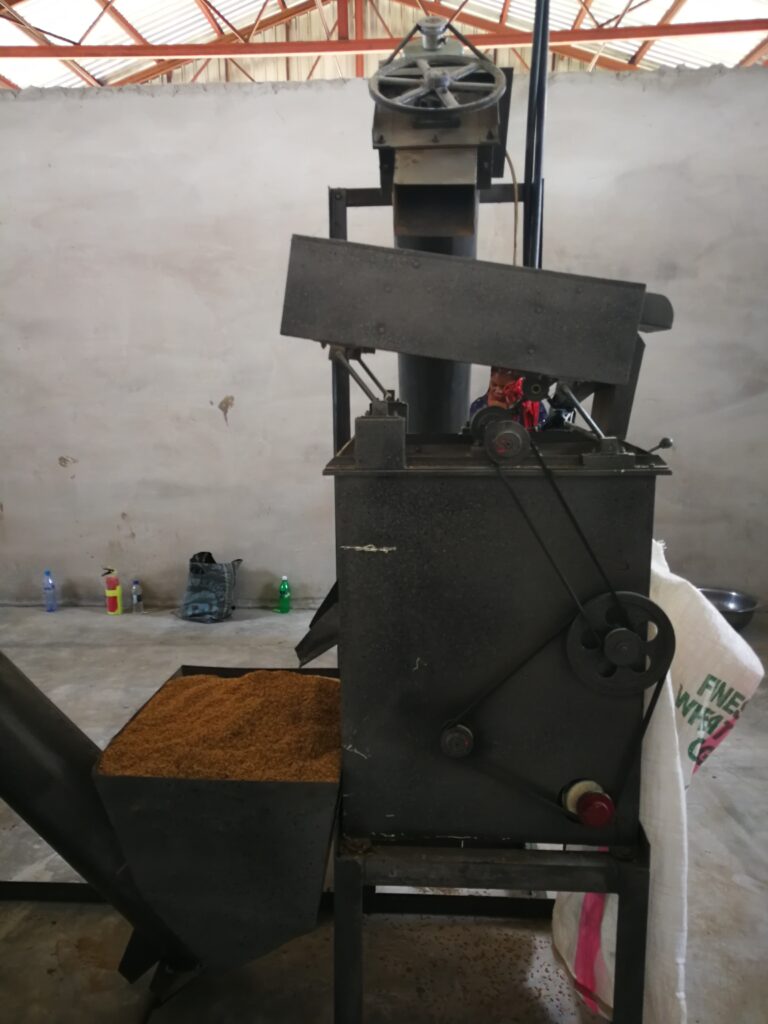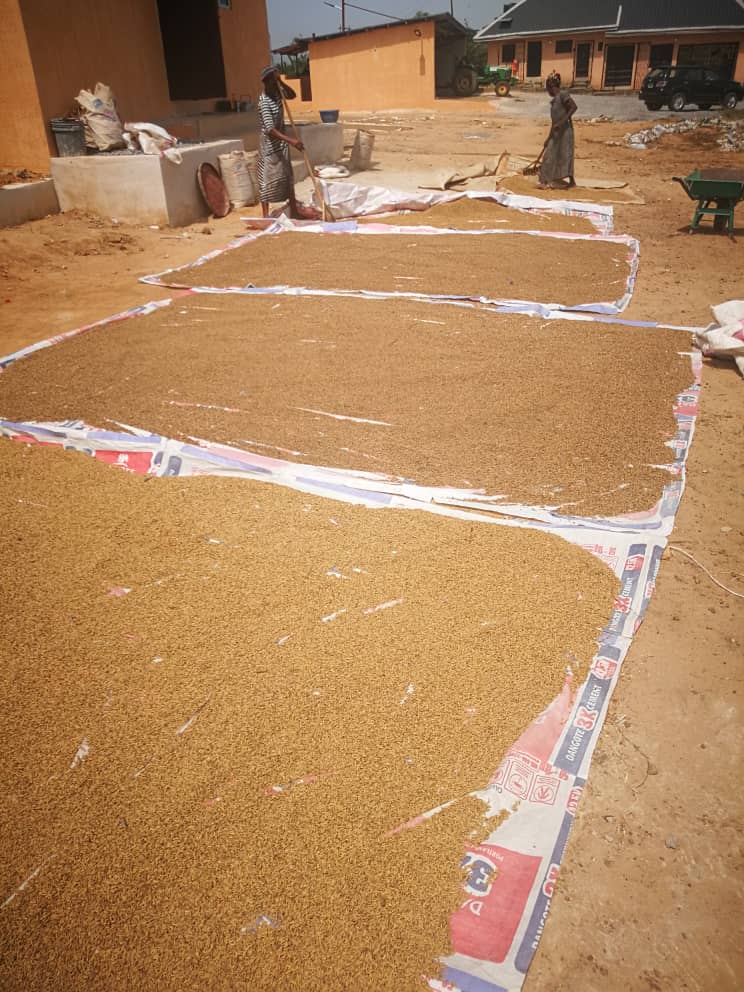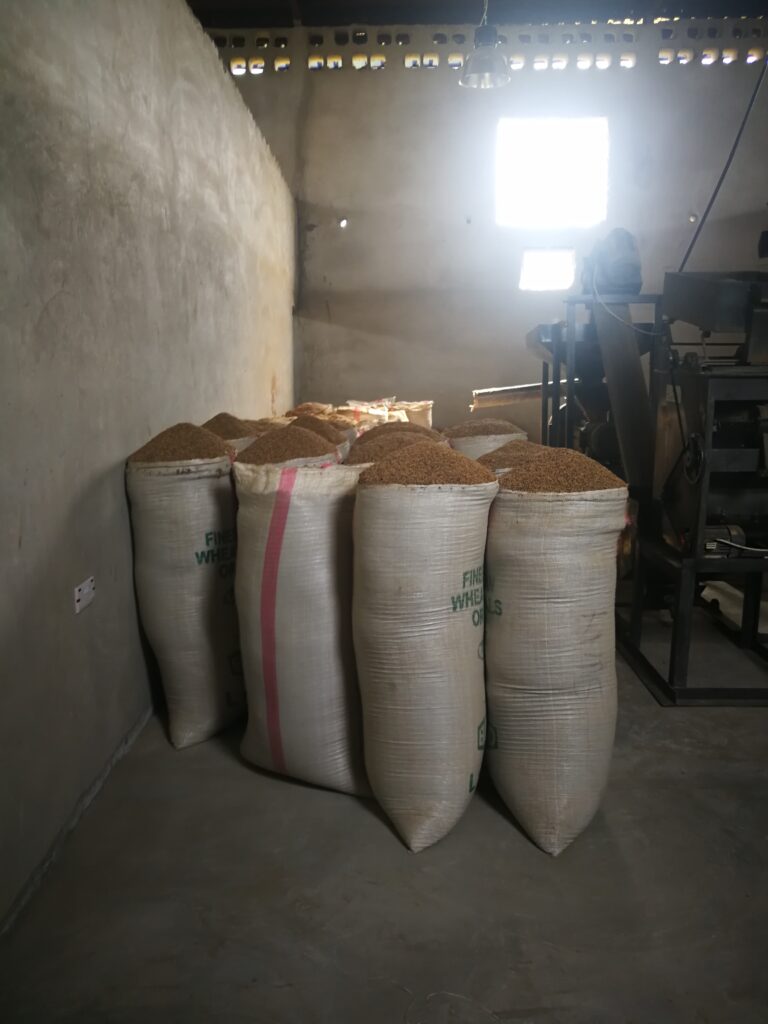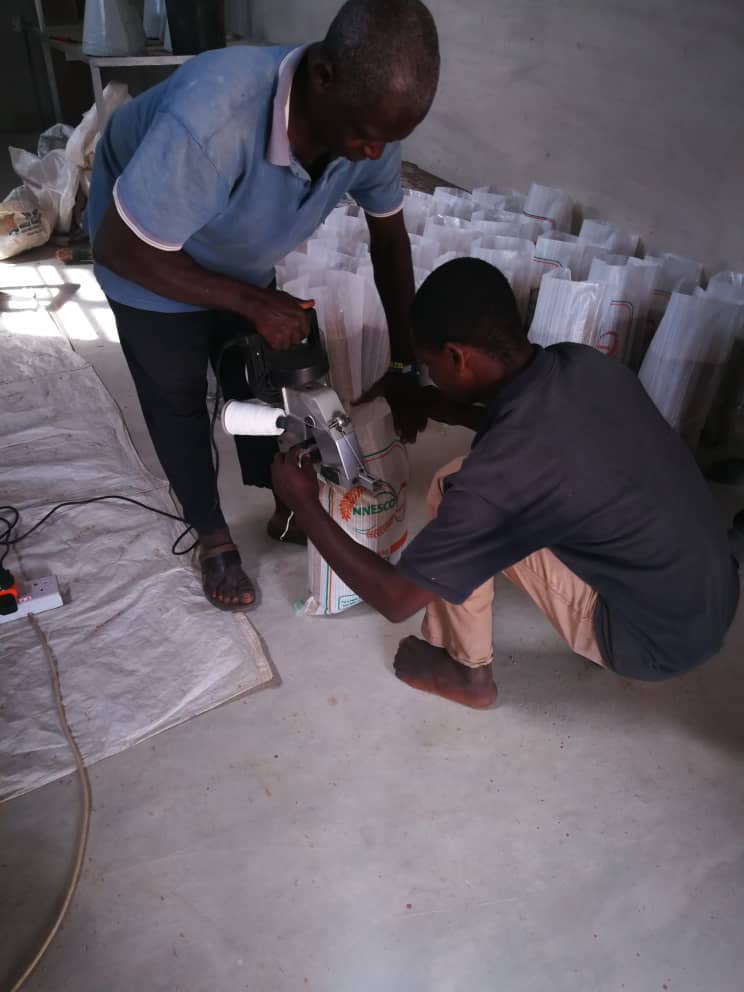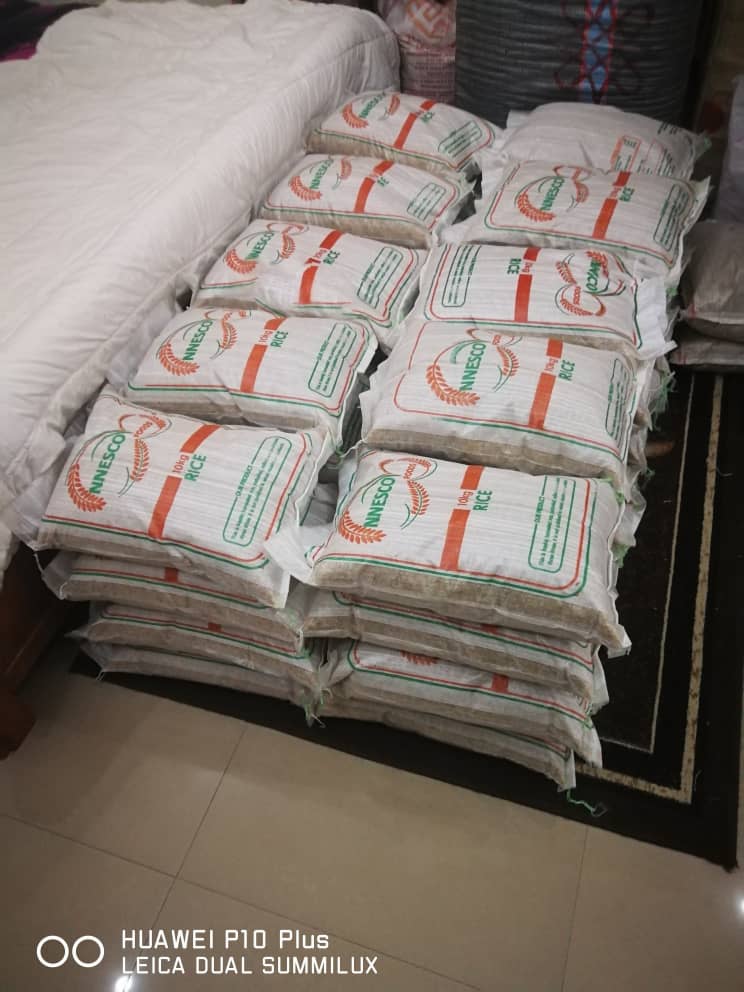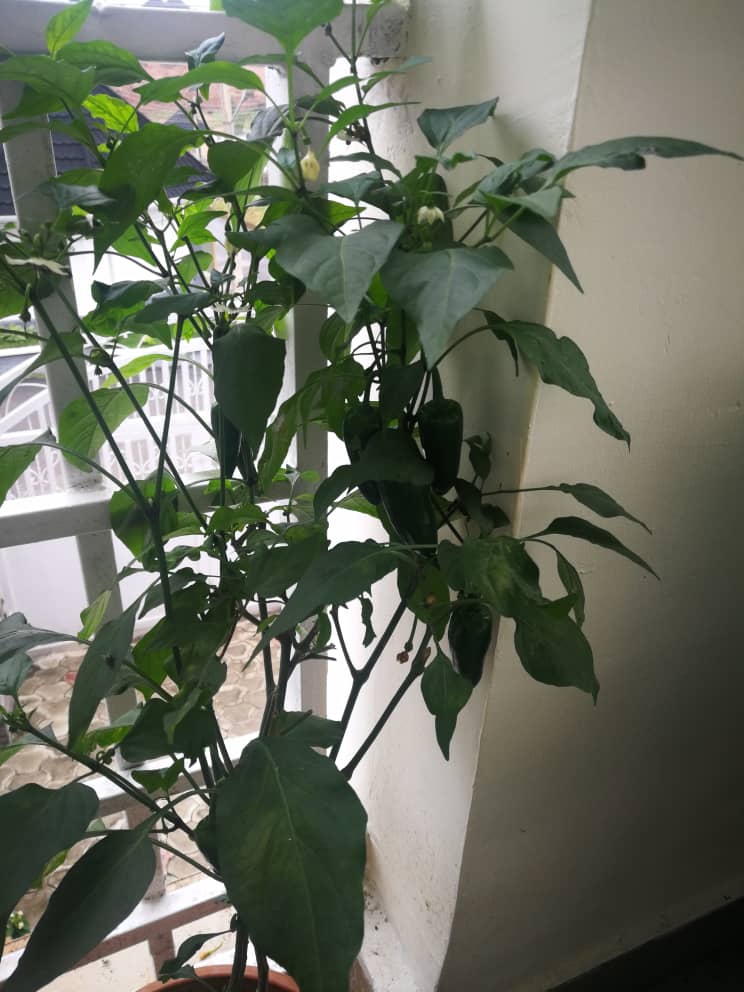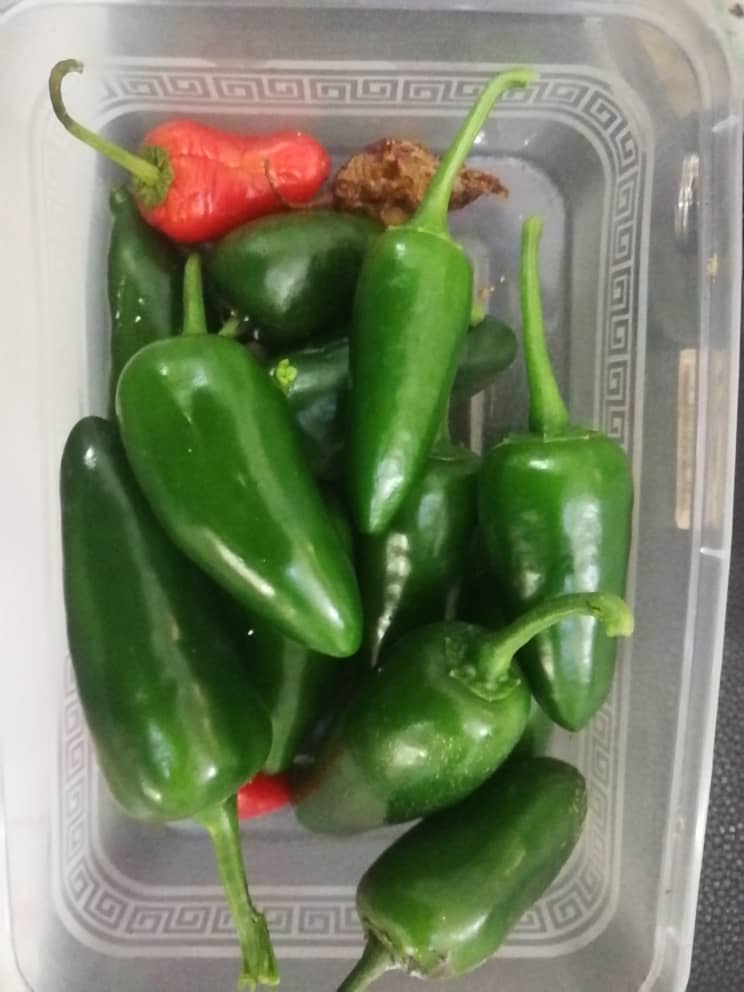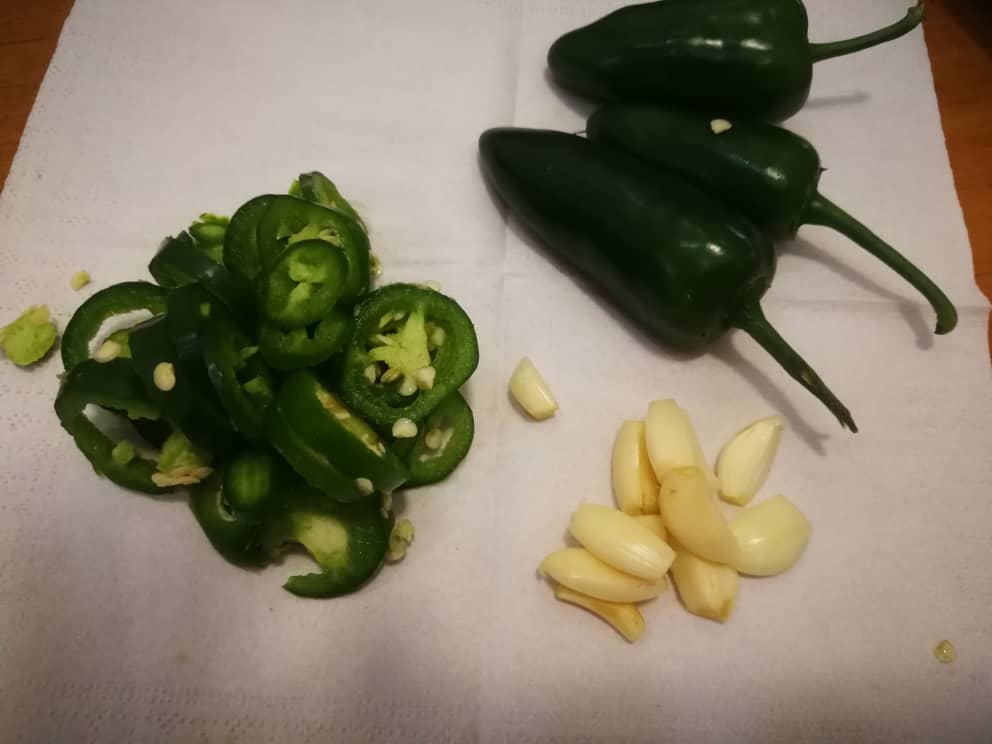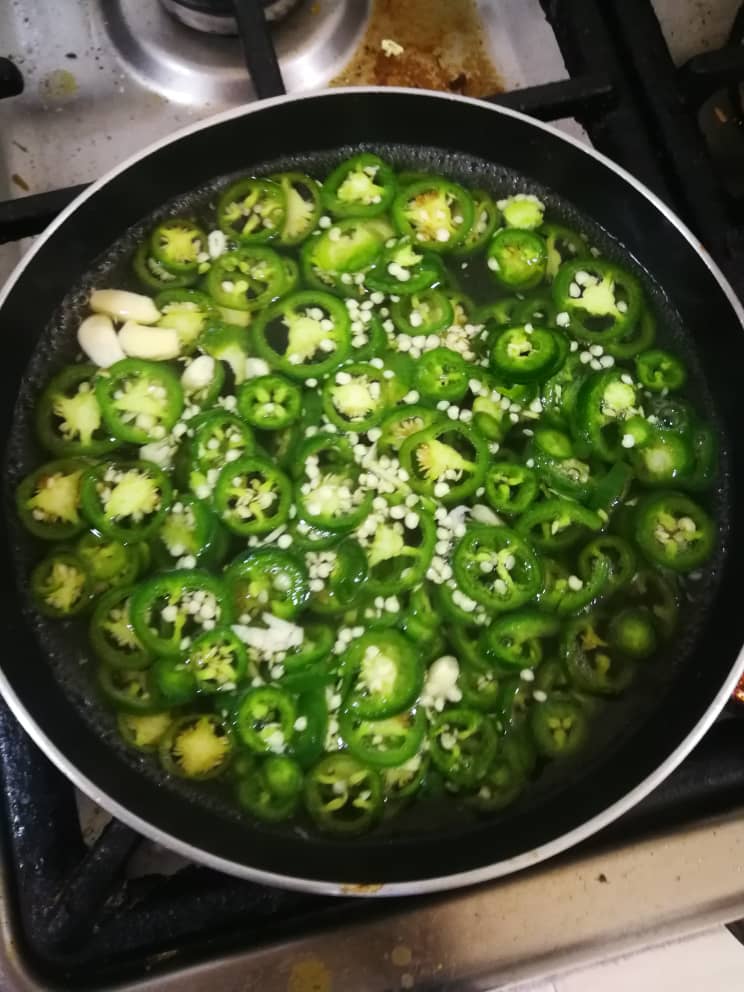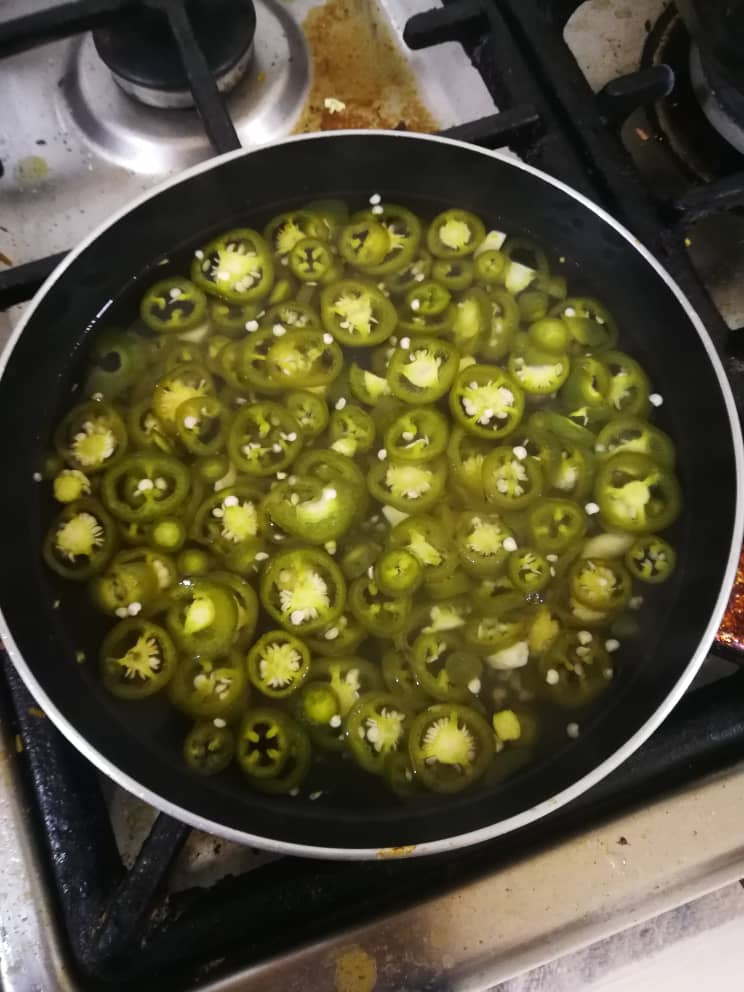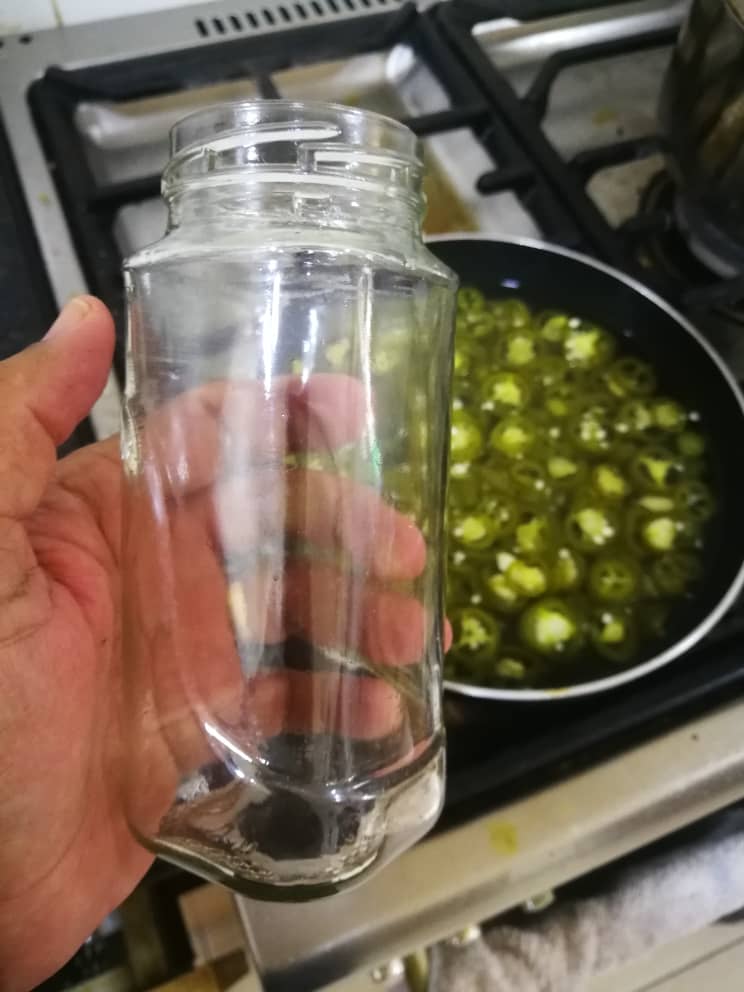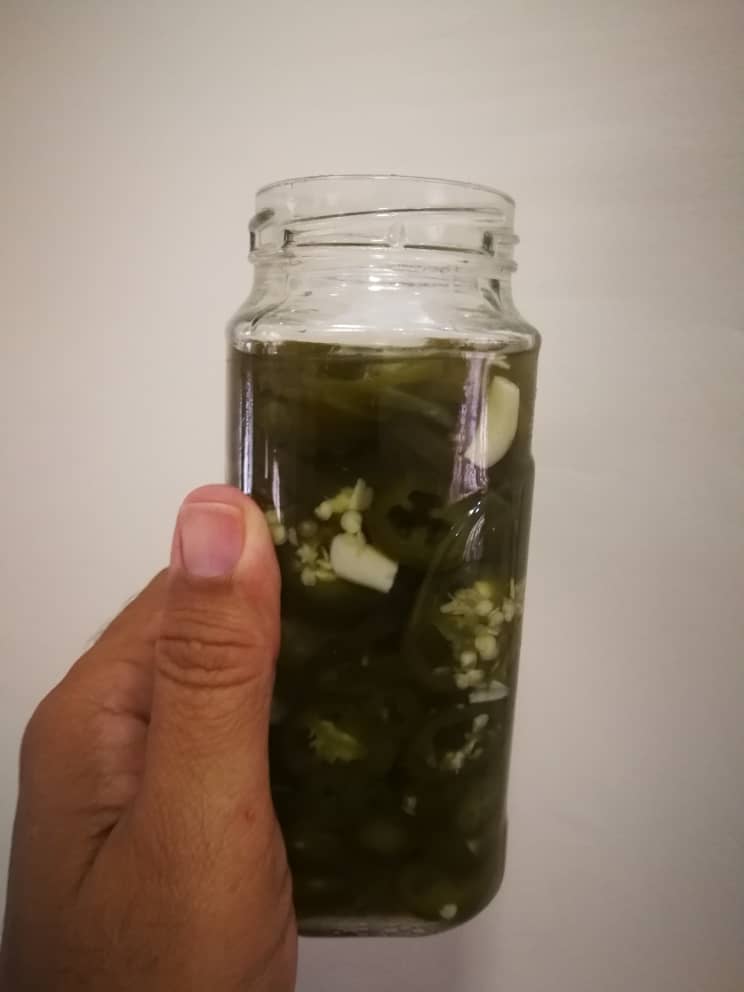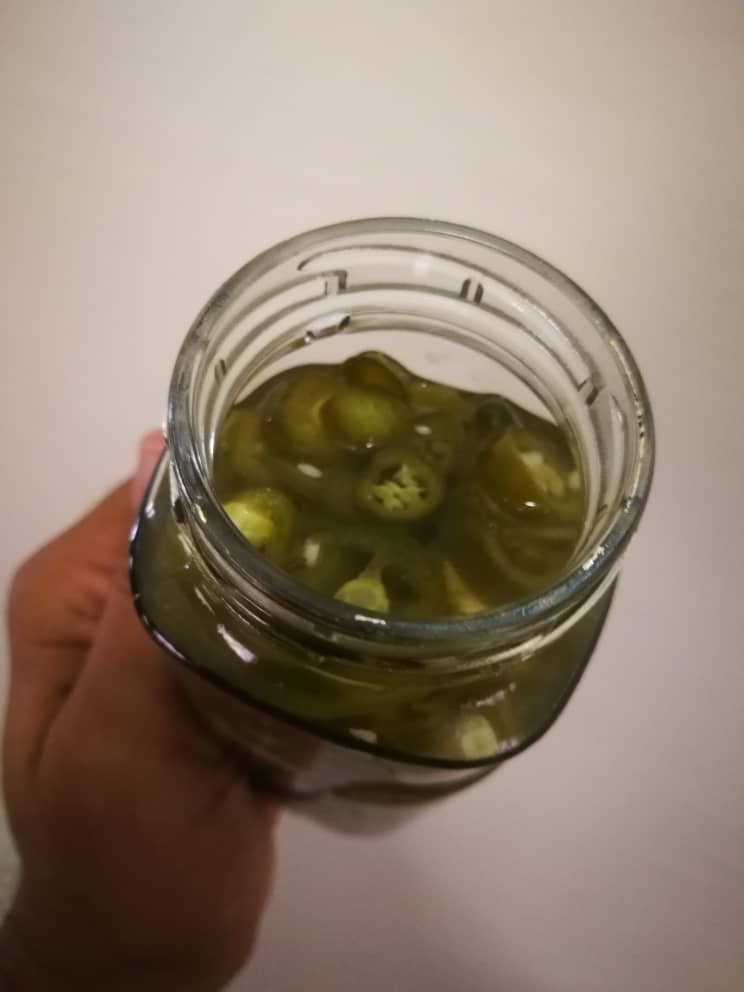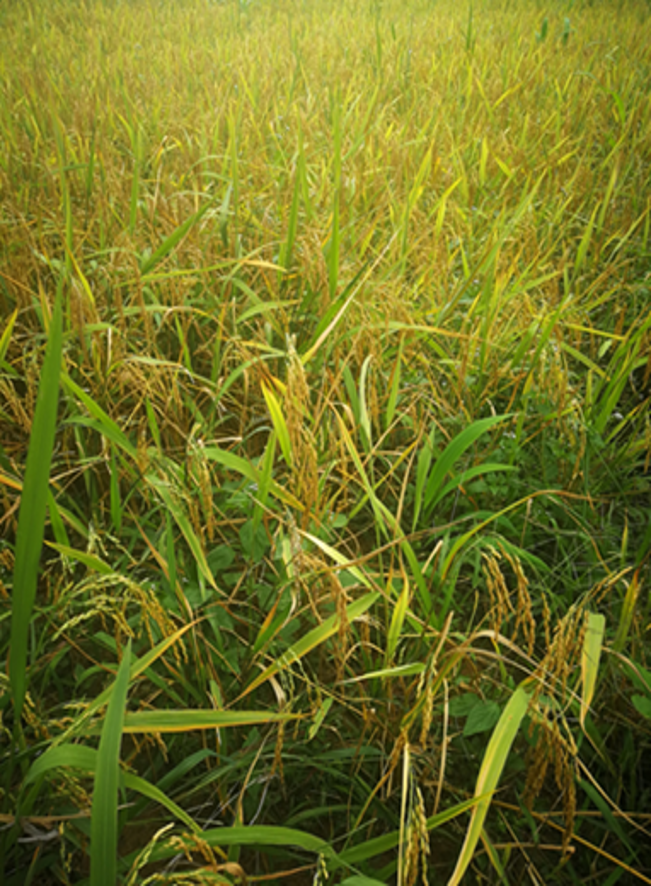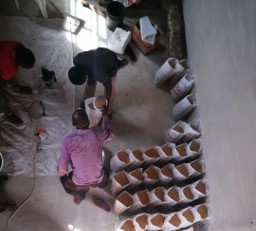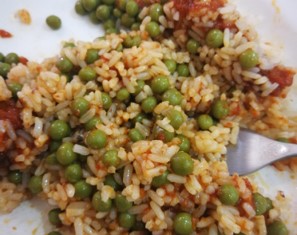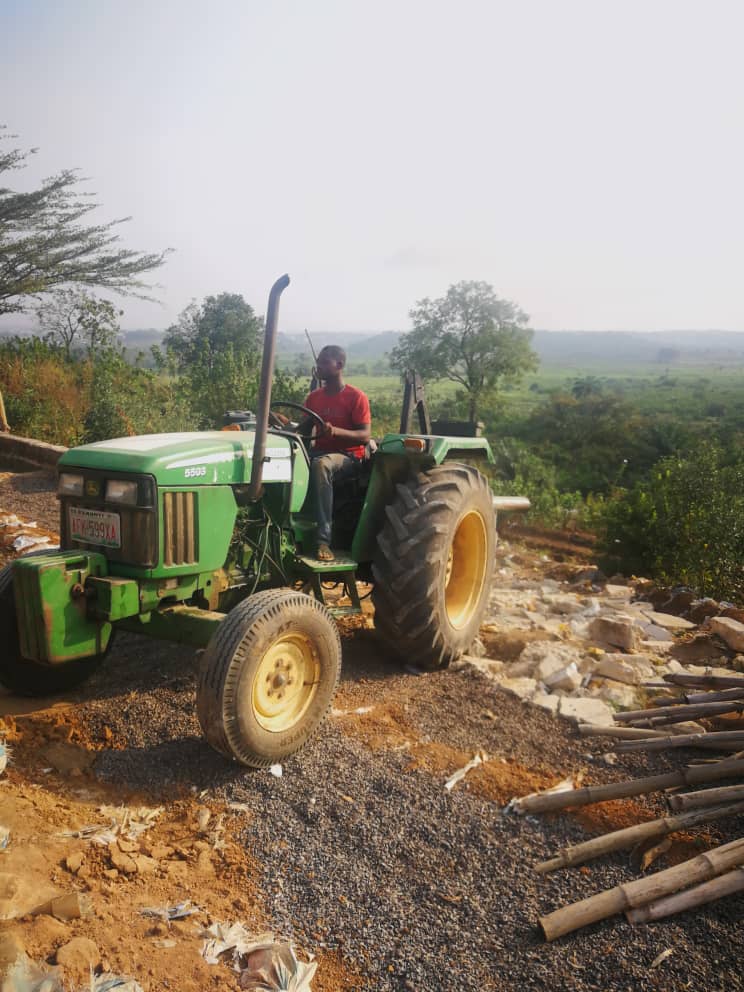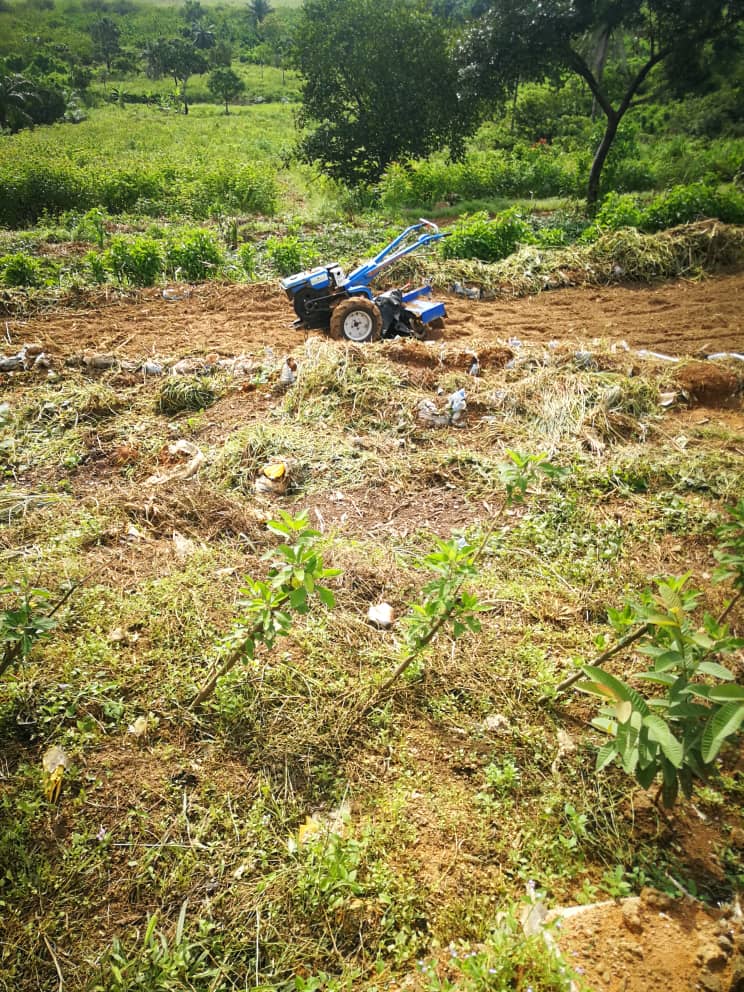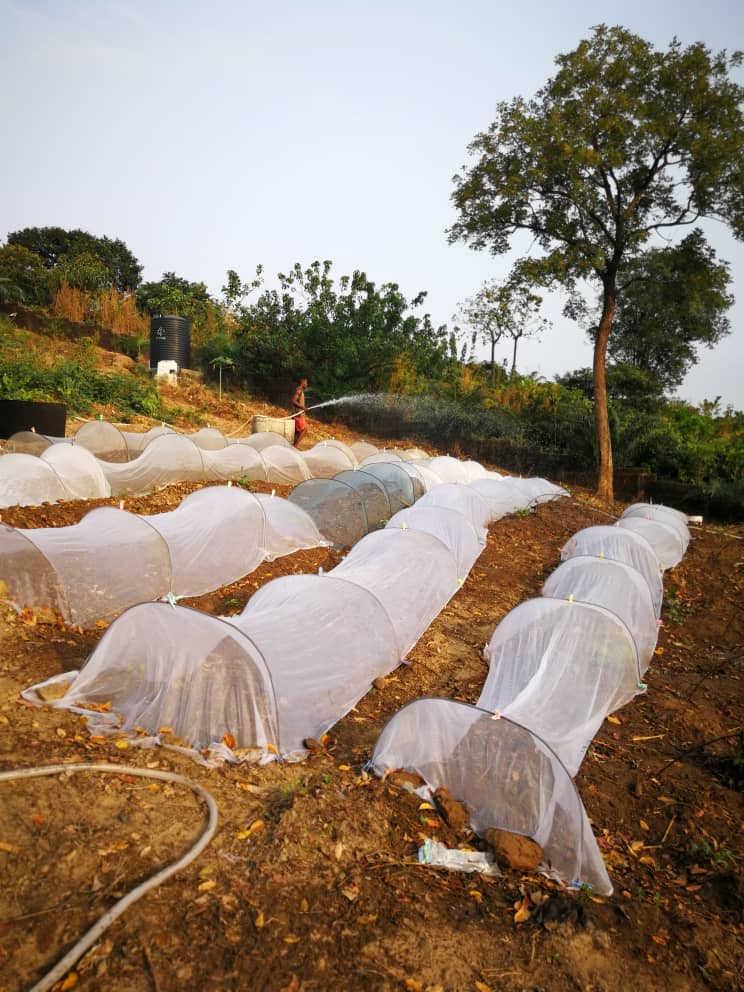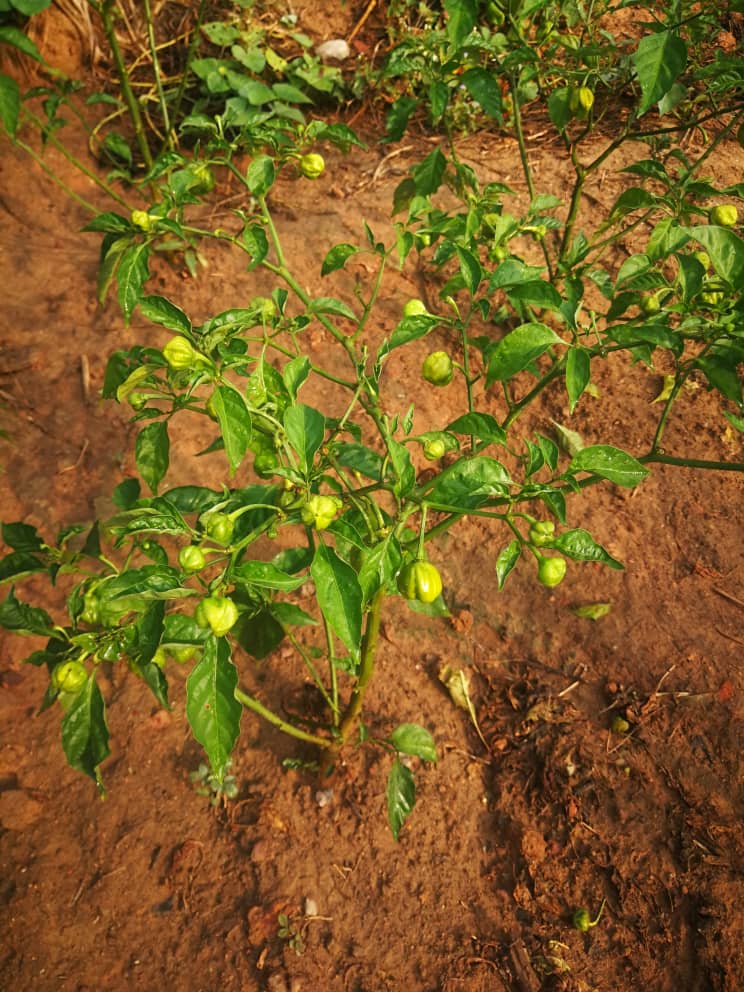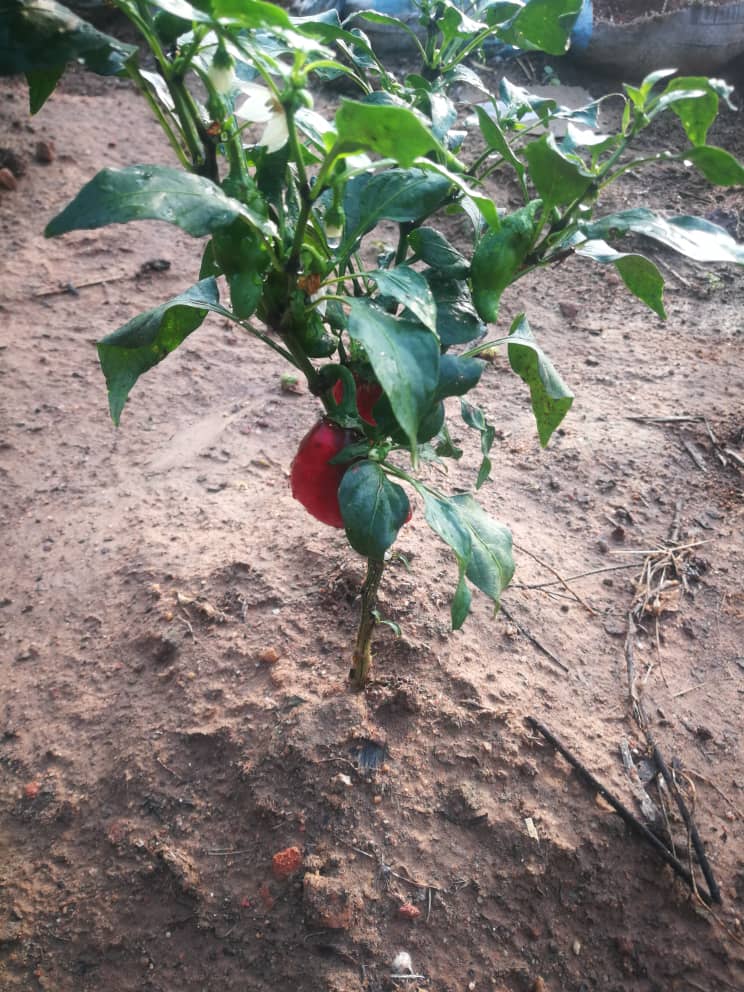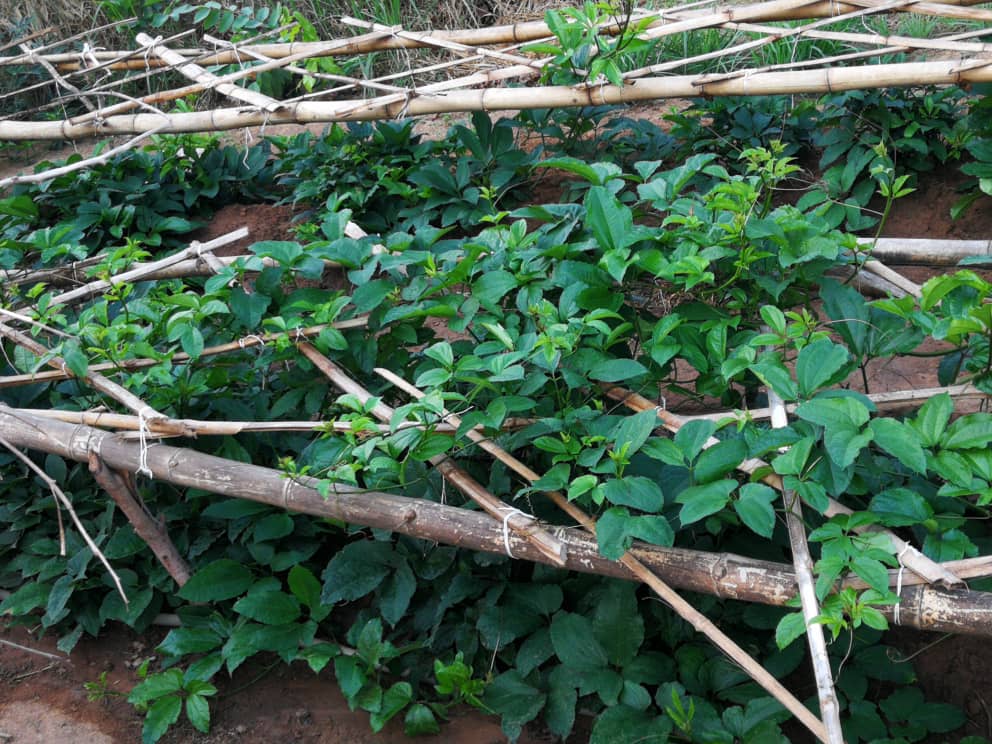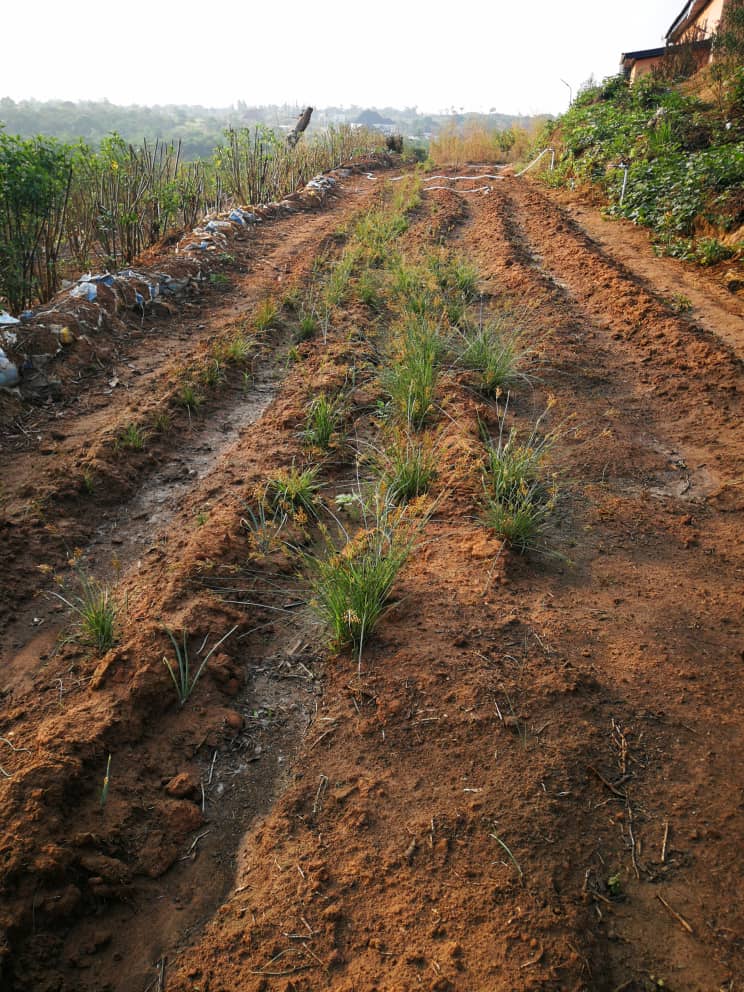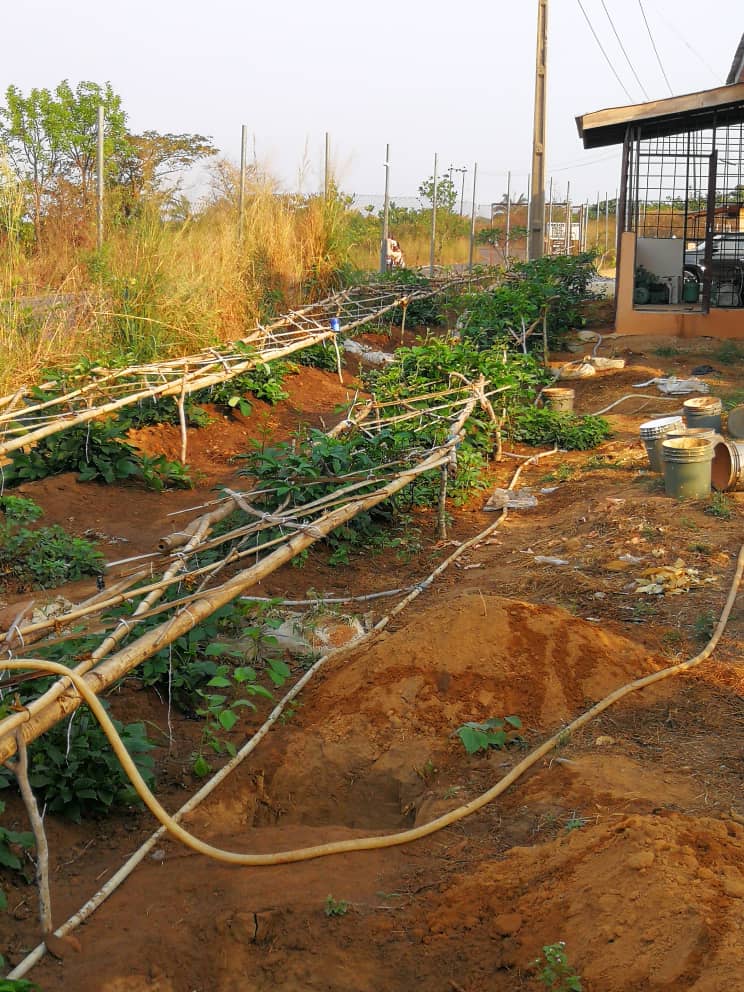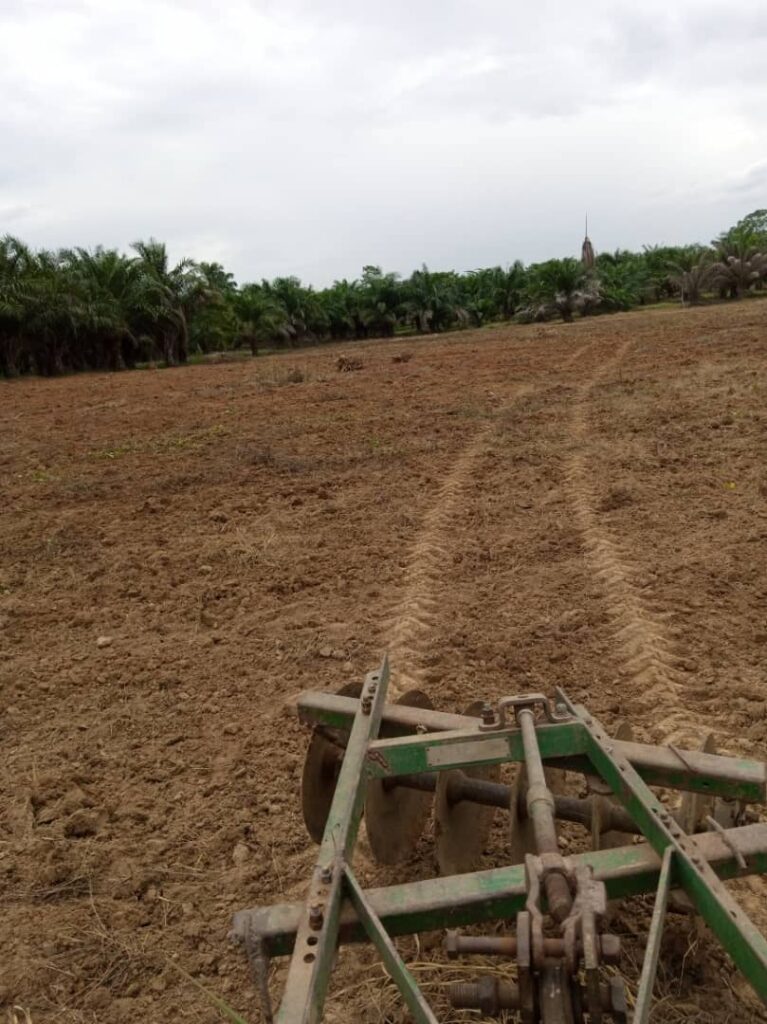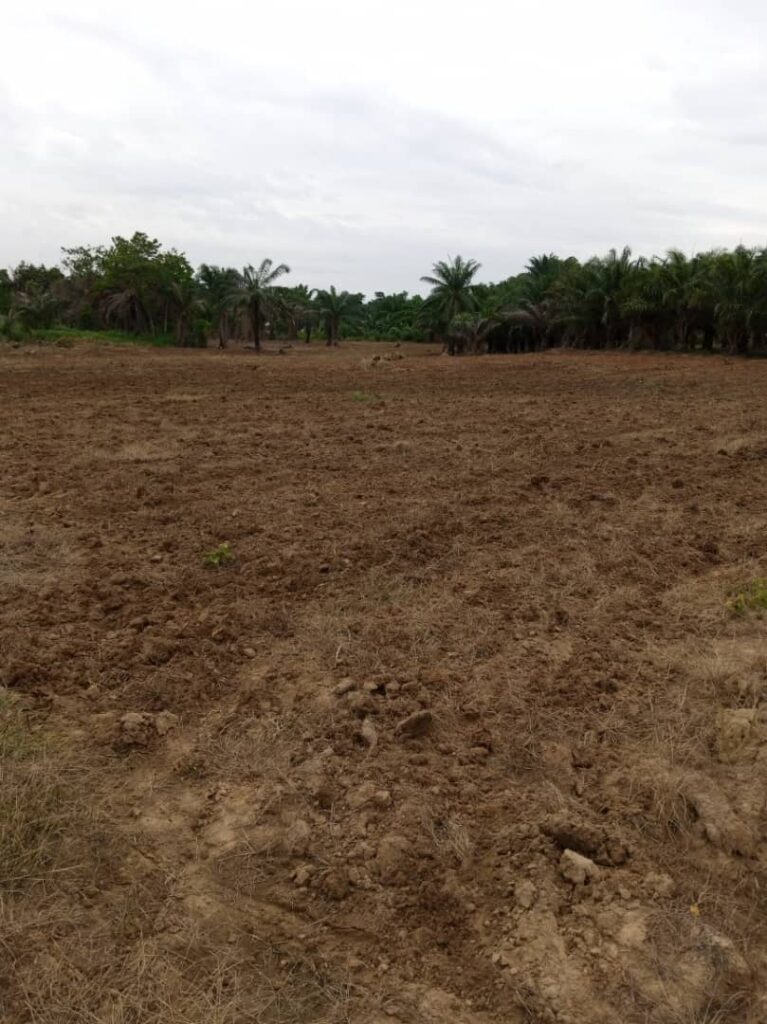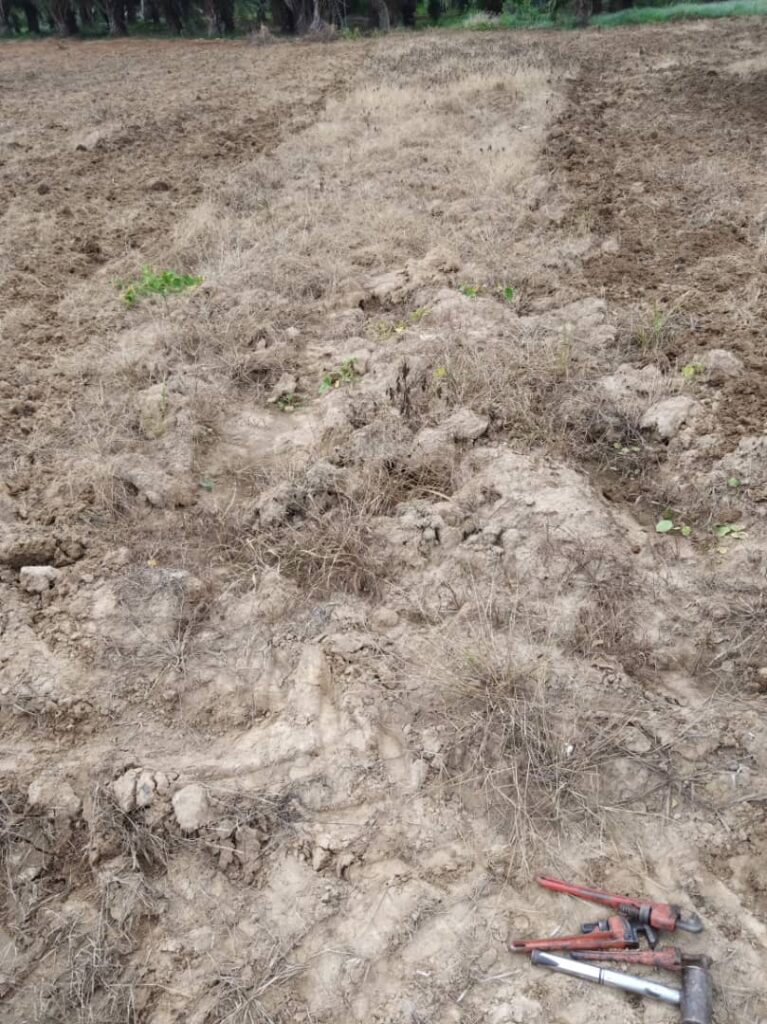Jalapeño chilli pepper
Meet what we hope will be a new line in the Nnesco Foods pantry: – Jalapenos.
Grown and pickled in Nigeria.
Jalapeños are spicy chili peppers from the hot pepper family (Capsicum annuum). They are green or red in colour and moderately spicy. A mature jalapeño chili is 5–10 cm long and hangs down with a round, firm, smooth flesh of 25–38 mm wide. It can have a range of hotness, on the Scoville heat range of 3,500 to 8,000 units.
The name jalapeño is Spanish for “from Xalapa” (also spelled Jalapa), the capital city of Veracruz, Mexico, where the pepper was traditionally cultivated. With its origins in Mexico, the Jalapeño pepper’s name literally means “from Jalapa” (or Xalapa), which is a large city in Mexico and Jalapeños are commonly used in Mexican cuisine but popular worldwide. (Source: Wikipedia)
They are also packed with nutrients and have many health benefits. They are high in Nutrients Jalapeños are low in calories with vitamins, minerals, fiber and antioxidants.
One raw jalapeño contains the following Nutritional data
- Calories: 4
- Fiber: 0.4 grams
- Vitamin C: 10% of the Recommended Daily Intake (RDI)
- Vitamin B6: 4% of the RDI
- Vitamin A: 2% of the RDI
- Vitamin K: 2% of the RDI
- Folate: 2% of the RDI
- Manganese: 2% of the RDI
Like most fruits and vegetables, jalapeño peppers are a good source of fiber. One pepper provides 2% of the RDI for a person consuming 2,000 calories per day.
One of the most unique compounds in jalapeños is capsaicin, an alkaloid that gives peppers their characteristic spicy quality and is responsible for many of their health benefits.
Find out more at:
From plant to jar. The next batch of jalapenos ready to eat
MSCA Farm projects & NNESCO FOODS
Rice Production: From Farm to Fork.
Land preparation for rice planting
Land preparation is simply making the soil ready for planting. It is important to ensure that the rice field is ready for planting. It covers a wide range of practices from zero-tillage or minimum tillage which minimizes soil disturbance through to a totally ‘puddled’ soil which could destroy the soil structure.
It typically involves plowing to “till” or dig-up and overturn the soil, harrowing to break the soil clods into smaller mass and incorporate plant residue, and finally leveling the soil.



